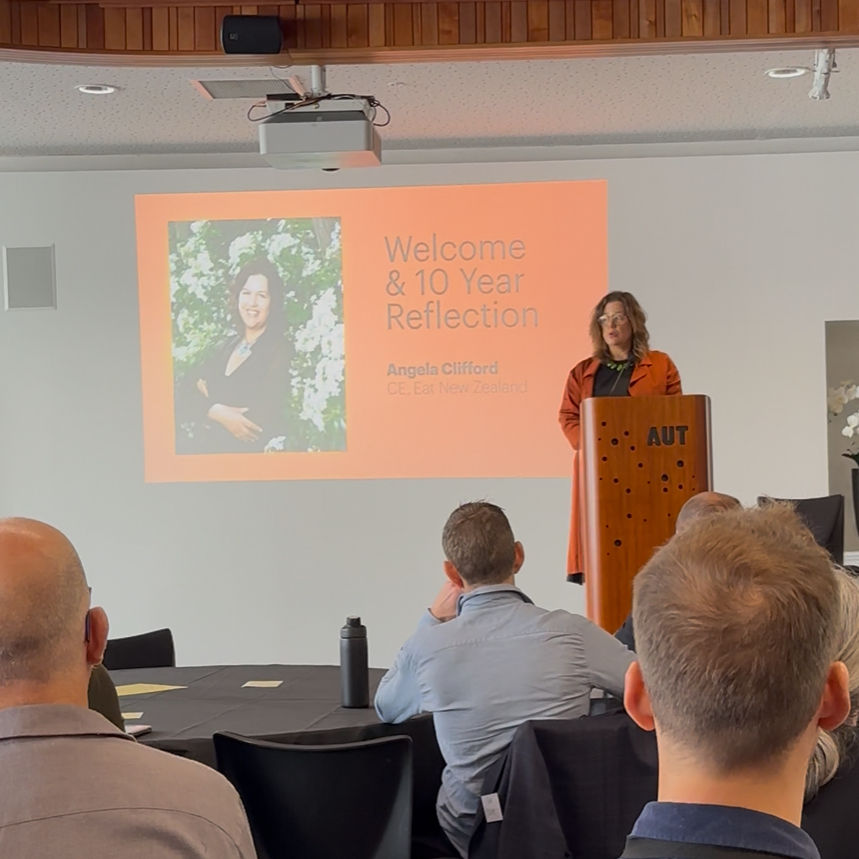Eat with the Seasons
- harriet192
- Mar 5, 2021
- 3 min read
One of the easiest ways to ensure we’re reducing our foodprint every day is to eat seasonally. This might sound like a no-brainer because you’d think the produce available in the shops would be in season, right? Wrong! With the joys of modern technology (fridges, hothouses and global transport) we see so much produce in stores all year round and we’ve lost track of what should be eaten when.
Tomatoes are a great example of something that’s become available all year round in Aotearoa. They’re a warm-season crop that naturally dies back in the colder months. But we have them in our supermarkets 12 months a year. Sure the price fluctuates a little, but not significantly enough to signal that we shouldn’t be buying them. They’re in season in the summer months, January - March, with a bit of a buffer on either side in warmer years. So why are they available all year round? Most of our tomatoes are grown indoors, in hothouses or greenhouses.

Hot houses need energy to heat them and what we don’t generally think about when we bite into that tomato sandwich in August is where that heat came from. In Te Ika-a-Māui/North Island they’re heated by gas-fired burners, diesel units and geothermal power. While in Te Waipounamu/South Island, it’s largely from coal-fired burners. Burning this energy results in emissions.
So what’s the solution? It’s to not buy food that’s out of season. But we’re human and sometimes we want to make a dish that includes items not currently available. Luckily there are a few more options.
Growing your own vegetables is a really great way to understand what’s in season. I’ve personally been really into vege gardening the last few years, it’s often the topic of dinner conversations with friends too. Food tastes so much better when you’ve grown it yourself. Plus it’s so satisfying picking your broccoli, courgette, capsicum and herbs for dinner.

Buy, or better still grow in season, and freeze. Depending on what you’re freezing, you might have a little prep to do. For tomatoes, you’re best to lightly cook them. Courgette, cut it up, blanch it and freeze it. Herbs are best chopped up and frozen in olive oil. Or feijoas (possibly one of the shortest seasons there is!) just scoop out, pop on a tray and once frozen, transfer to a reusable container or bag.
Preserving is an option that covers so much, I don’t know where to start! You can simply pickle your cucumbers, turn fruits into jam, beetroot into relish, dry chillies and preserve lemons. There is a way to make almost anything last, just ask Google and you’ll find plenty of options.

Failing the above you can buy a wide variety of canned fruits and vegetables, giving us the ability to enjoy those summer stone fruits year-round. Just watch out for the country of origin on the label.
On my summer road trip, we made the mistake of buying a bag of apples at the supermarket. They weren’t any good and had that distinct floury taste that apples get when they’ve been stored too long. Apples aren’t in season in Aotearoa in December, so it’s likely these ones had been hanging around for 6 months in a chiller somewhere. They ended up rolling around the car for a week, luckily I had a BBQ to go to a couple of days later so apple cake for dessert it was.
Over on our Instagram, you’ll see posts each month about what’s in season. We hope you’ll find these a handy reminder when you’re meal planning and grocery shopping.


Comments